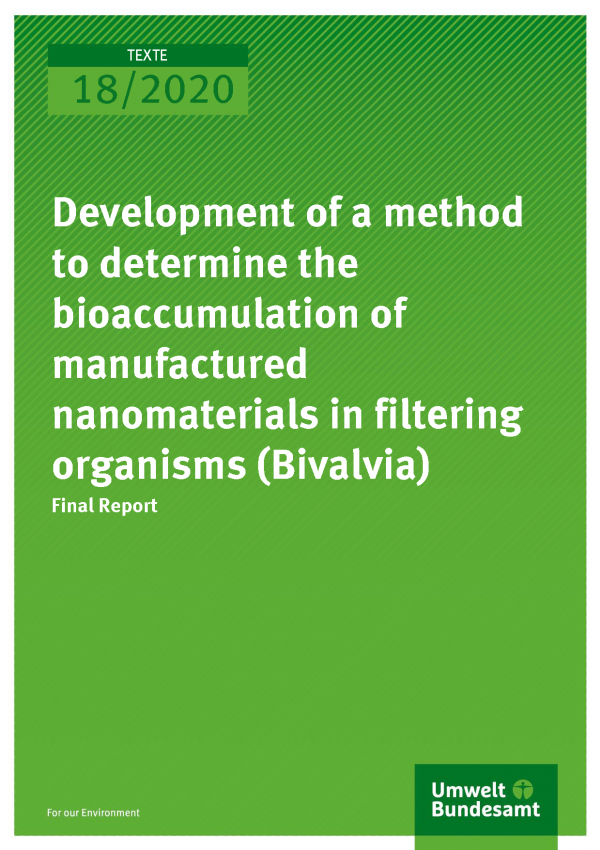Next to properties like persistence and ecotoxicity, the determination of chemical substances to bioaccumulate in organisms is essential to understand potential harmful interactions with the environment. Existing methods to determine bioaccumulation are mainly addressing soluble organic chemicals. If these methods are also applicable to investigate bioaccumulation of nanomaterials remains an open issue.
Once released to surface waters, nanomaterials tend to agglomerate and sediment in dependence of their individual properties and the properties of the surrounding media. Thus, it has to be anticipated, that benthic and filtering organisms are most likely exposed by nanomaterials. Therefore, the ability of nanomaterials to bioaccumulate in these organisms is important in view of a comprehensive evaluation of potential environmental risks.
In this project a method was developed which allows to investigate the bioaccumulation of nanomaterials in freshwater mussels. A new test system was established and necessary adaptions regarding inter alia test performance and analytics of nanomaterials in biota and aquatic media were carried out. The new method was examined using selected nanomaterials of different chemical nature and collected data were critically discussed in view of their regulatory applicability.





